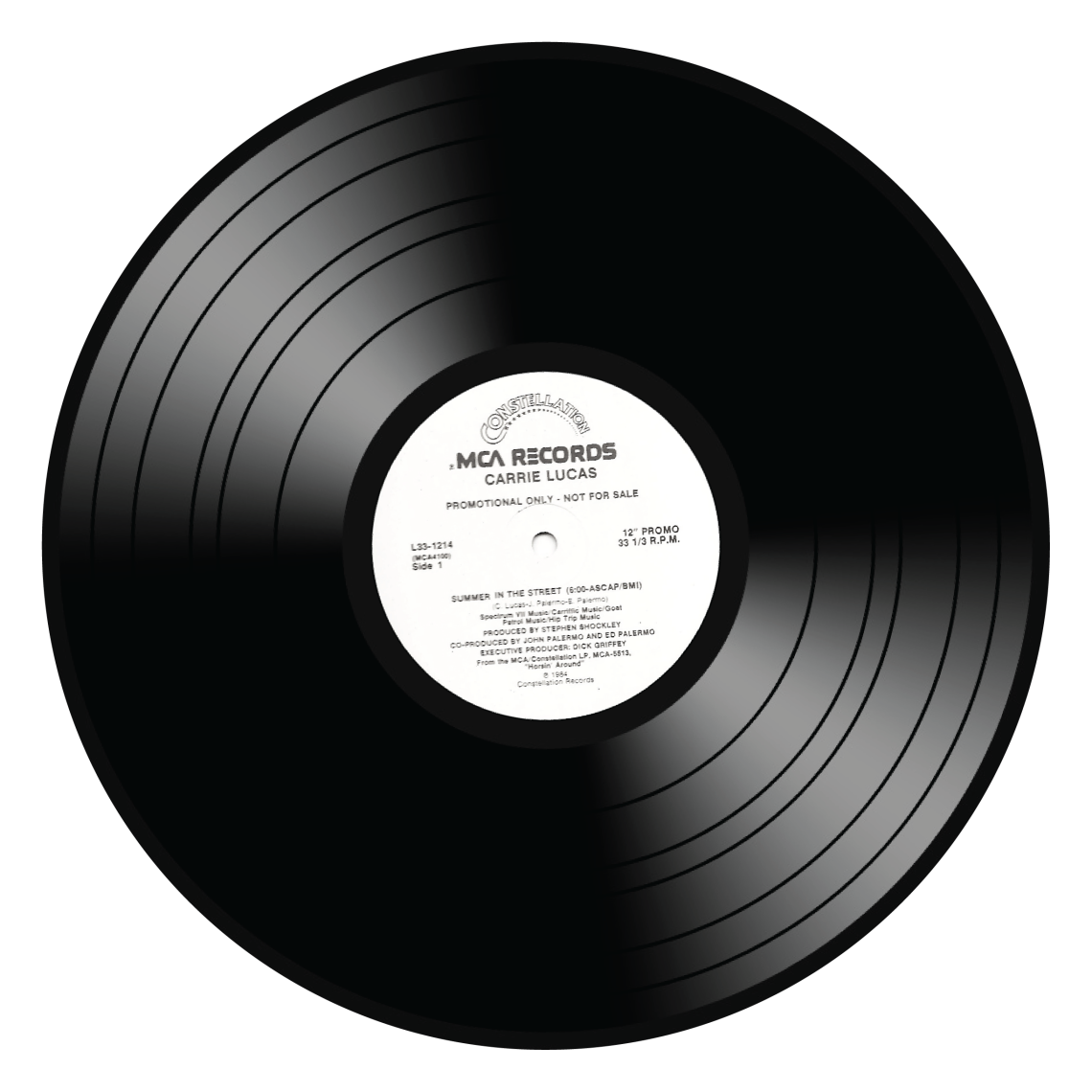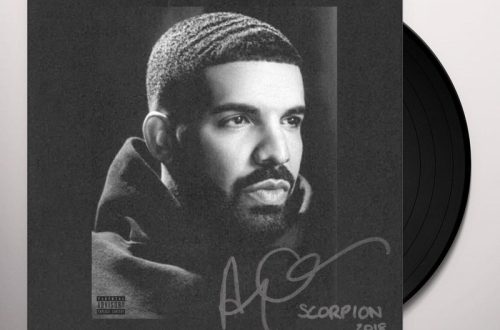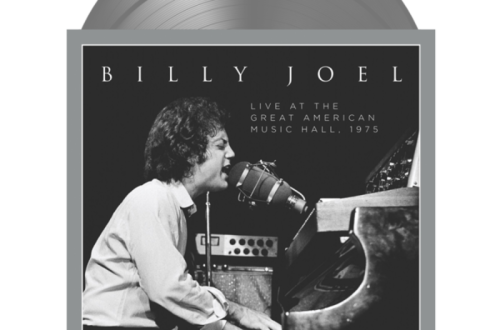Introduction
In recent years, there has been a remarkable resurgence in the popularity of old vinyl records. Music enthusiasts and collectors alike have flocked to vinyl for its unique sound quality and nostalgic charm. Unlike digital formats, vinyl offers a tangible experience that connects listeners to the music in an unparalleled way. The tactile nature of handling records, the large album artwork, and the crackles of the needle on the record evoke a sense of nostalgia that many modern formats lack.
Whether you’re a seasoned collector or a newcomer curious about vinyl, this article will equip you with valuable insights into the world of old vinyl records. We will delve into the history of vinyl, the benefits of collecting, practical tips for getting started, and advice on caring for your records. As you embark on or continue your vinyl journey, you’ll discover that these records are more than mere music— they are artifacts of cultural history.
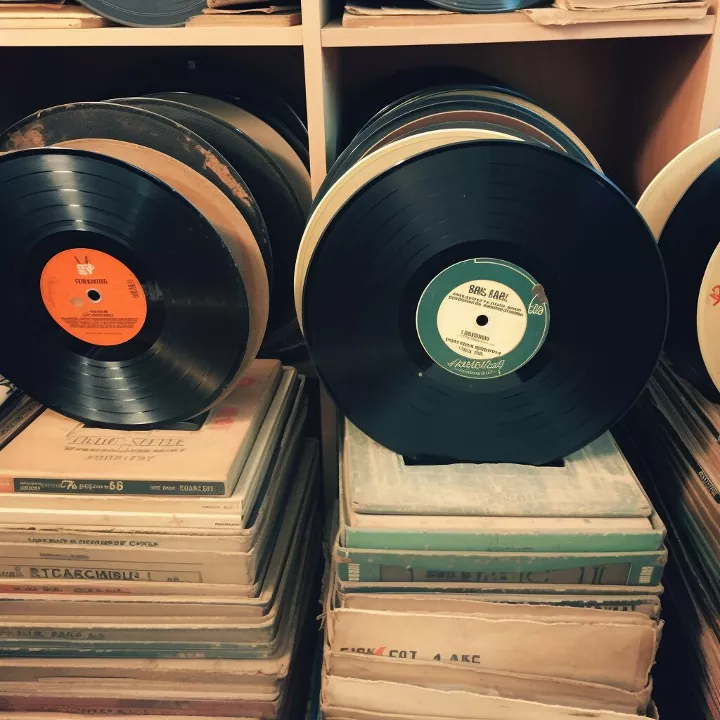
The History of Vinyl Records
To truly appreciate old vinyl records, it’s essential to understand their fascinating history. The evolution of vinyl records traces back to the late 19th century when Thomas Edison introduced the phonograph in 1877. This marked the beginning of recorded sound, leading to further innovations in the audio industry.
Initially, records were made from shellac, a brittle material that was not very durable. These early records typically had a playing time of just a few minutes per side. In the late 1940s, vinyl emerged as a superior alternative, providing a more flexible and long-lasting product. This new material allowed for extended play times and facilitated the creation of 33 1/3 RPM long-playing (LP) discs.
Throughout the 1950s and 1960s, vinyl records became the primary medium for music consumption, significantly influencing the music industry. Albums were released as LPs, giving artists the opportunity to showcase their work in coherent collections rather than single tracks. This era saw the rise of iconic labels and legendary artists, such as The Beatles, Elvis Presley, and Motown artists, all of whom revolutionized popular music.
As cassette tapes and CDs gained popularity in the 1980s and 1990s, the demand for vinyl records decreased. However, a passionate group of collectors and enthusiasts kept the spirit of vinyl alive. In the 2000s, a new wave of musicians and listeners began to recognize the warmth of vinyl sound. Today, vinyl records have made a significant comeback, with sales reaching levels not seen since the 1980s. By embracing vintage formats, many individuals find solace in the nostalgic resonance of old vinyl records.
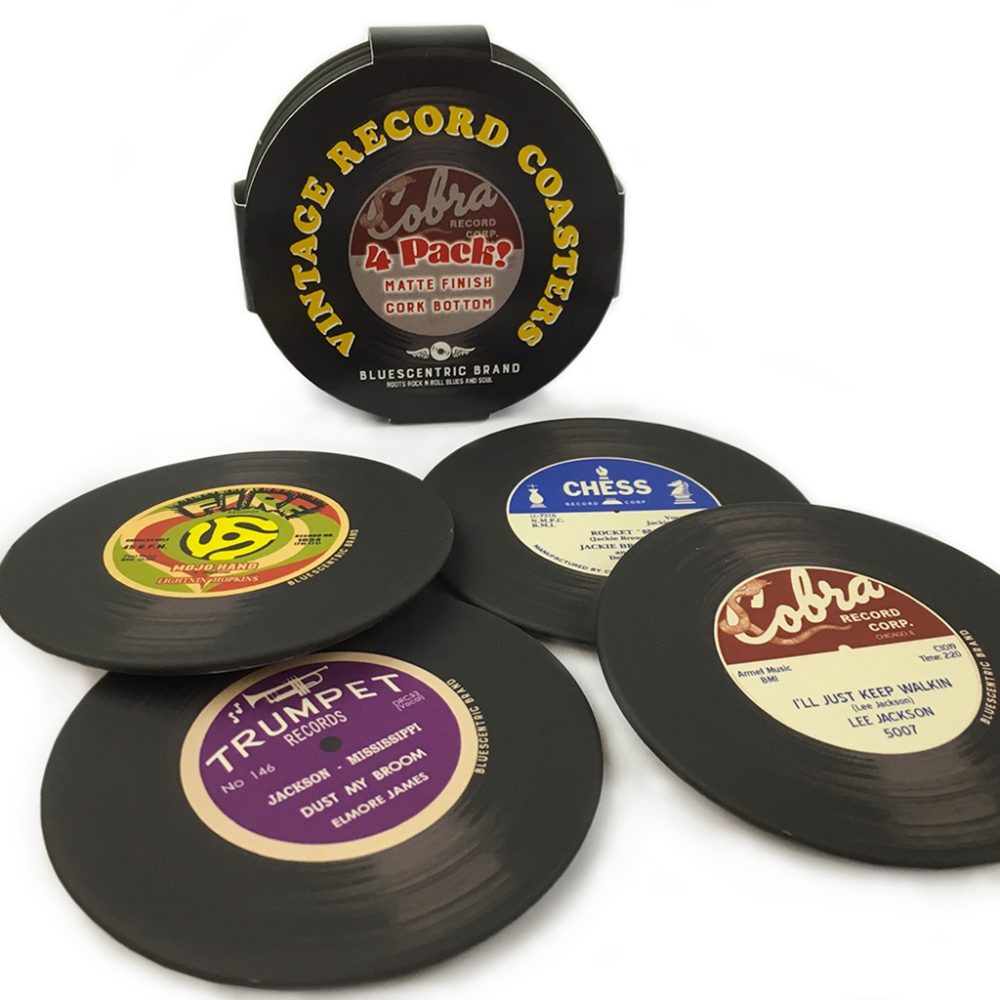
Benefits of Old Vinyl Records
The charm of collecting and listening to old vinyl records extends beyond mere nostalgia. Here are several compelling reasons why vinyl appeals to both seasoned collectors and newcomers alike.
1. Superior Sound Quality
One of the major advantages of vinyl records is the outstanding sound quality they provide. Many audiophiles argue that vinyl offers a warmth and richness that digital formats cannot replicate. The analog nature of vinyl captures subtle nuances in music, allowing listeners to experience each note more fully. When you spin a record, you often hear the full dynamic range of the music, creating an immersive listening experience.
2. Tangible Experience
In a world dominated by digital downloads and streaming services, vinyl records provide a tactile experience that is increasingly rare. Handling the record, placing it on the turntable, and dropping the needle create a personal connection to the music. The large format of record covers also allows for stunning artwork that enhances the overall experience. Many collectors appreciate the artful designs of albums, making vinyl not just a medium for music but also a form of visual art.
3. Nostalgia
For many, old vinyl records evoke feelings of nostalgia. They serve as a time capsule, transporting listeners back to previous decades. Whether it’s the sound of a classic rock album or a jazz standard, these records carry memories and emotions that resonate deeply. They remind us of times spent with friends, family, or even alone in quiet moments of reflection. Listening to vinyl can create a sense of comfort and familiarity in an ever-changing world.
4. Expanded Music Discovery
Collecting vinyl often leads to discovering rare and obscure records that may not be available on mainstream platforms. Exploring record stores gives collectors access to a wealth of musical treasures. From vintage jazz to classic rock, each record can lead to new favorites or shed light on genres you may not have considered before. The thrill of digging through crates to find a hidden gem enhances the overall adventure of music discovery.
5. Investment Potential
Old vinyl records can serve as worthwhile investments for collectors. While not all records will appreciate in value, some rare items can fetch significant prices at auctions. Knowing how to identify valuable records can enhance your collection’s worth. Many collectors enjoy the hunt for unique pieces, both for personal enjoyment and monetary gain.
In summary, old vinyl records offer numerous benefits, including superior sound quality, a tangible experience, and rich nostalgia. However, it is the exploration of music and the thrill of collecting that truly makes vinyl appealing.

Starting Your Vinyl Collection
Starting a collection of old vinyl records is an exciting journey filled with discovery. If you’re new to vinyl, here are some practical tips to help you get started.
1. Choose Your Equipment Wisely
Before diving into collecting records, you’ll need an adequate turntable. Investing in a quality record player is essential for optimal sound quality. Look for a model that suits your budget and preferences. You may choose from belt-driven or direct-drive options. If you’re unsure where to begin, research user-friendly models designed for beginners.
2. Decide on Your Musical Interests
As you embark on your vinyl journey, it’s helpful to define your musical interests. Consider what genres resonate with you—be it rock, jazz, country, or pop. Starting a collection based on your favorite artists or genres can make the process enjoyable and manageable. You can build a cohesive collection that reflects your tastes while expanding your horizons as you discover new music.
3. Explore Different Formats
While most collectors start with standard 12-inch LPs, don’t overlook other formats. 7-inch singles, picture discs, and 10-inch records also offer diversity. These formats can bring variety to your collection and connect you with music you may not have encountered before. Keep an open mind and explore various formats as you build your library.
4. Establish a Budget
Like any hobby, collecting vinyl records can become costly. It’s essential to set a budget to avoid overspending. Consider what you can afford to invest in records each month. This will help guide your purchases while allowing you to enjoy the thrill of building your collection.
5. Join Collector Communities
Connecting with fellow collectors can enhance your experience. Join online forums, social media groups, or local clubs dedicated to vinyl record collecting. Engaging with other enthusiasts provides valuable insights, recommendations, and opportunities to trade or buy records. It’s a great way to build friendships and immerse yourself in the vinyl community.
By following these steps, you will be well on your way to creating a fulfilling collection of old vinyl records. Your journey will be filled with excitement, exploration, and the joy of discovering new music.

Caring for Your Vinyl Records
To ensure that your old vinyl records remain in excellent condition, proper care and maintenance are vital. Here are some essential tips on how to keep your records clean and well-preserved:
1. Handle with Care
When handling vinyl records, always hold them by the edges to prevent fingerprints and smudges. Avoid touching the grooves, as oils from your fingers can cause distortion during playback. When removing a record from its sleeve, gently lift it out to avoid scratching or bending.
2. Invest in Quality Cleaning Supplies
Regular cleaning will prolong the life of your records and enhance sound quality. Invest in a record cleaning brush or microfiber cloth to remove dust and debris. Additionally, consider purchasing a record cleaning solution specifically formulated for vinyl. Follow the manufacturer’s instructions for the best results.
3. Store Properly
Store your vinyl records vertically, just like books on a shelf. This prevents warping or bending that can occur when records are stacked. Use protective inner sleeves to shield the records from dust and scratches. Also, keep your records in a cool, dry environment away from direct sunlight, as heat and UV light can degrade the vinyl over time.
4. Use a Quality Turntable
A quality turntable plays a crucial role in preserving the integrity of your vinyl records. Low-quality turntables can introduce wear and tear to your records, resulting in reduced sound quality. Invest in a reliable, well-reviewed model that provides stable playback and minimizes vibrations.
5. Regularly Check for Damage
Periodically inspect your vinyl records for scratches, warps, or other damages. Address any issues promptly to prevent further deterioration. If a record shows significant wear, consider playing it on a more forgiving setup or digitally transferring it to preserve the music.
By following these care tips, you can ensure that your old vinyl records remain in excellent shape, providing years of listening pleasure.
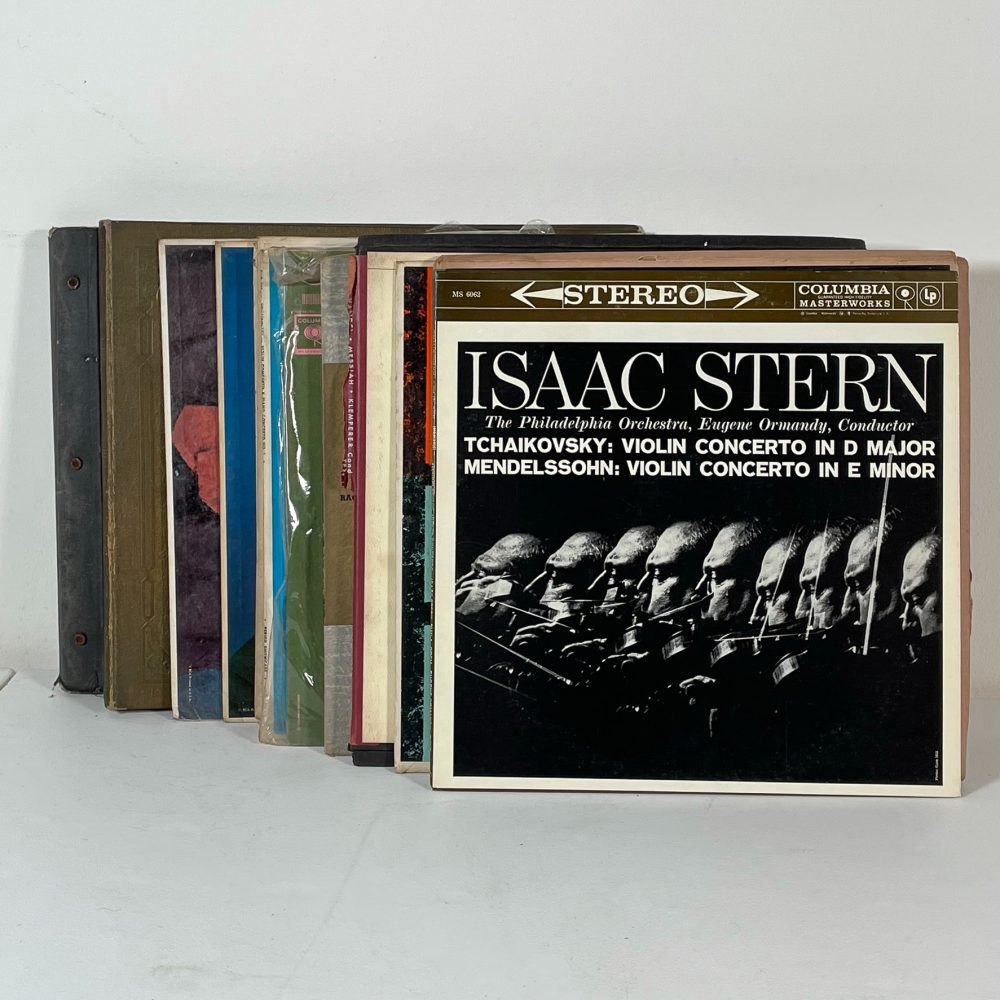
Conclusion
Old vinyl records offer a unique and enriching experience that appeals to music lovers, collectors, and nostalgia seekers. With a compelling history, exceptional sound quality, and the tangible joy they bring, vinyl records represent a cherished medium in the ever-evolving landscape of music consumption.
By collecting records, you immerse yourself in a timeless world that celebrates music’s impact on culture and society. Whether you are just beginning your journey into vinyl or are a seasoned collector, the thrill of discovering old records can be immensely rewarding.
As you plan to purchase your first record or expand your collection, remember to explore various sources and engage with fellow enthusiasts. The journey is equally enjoyable as the destination. Embrace the charm and significance of old vinyl records, and let them become a vibrant part of your musical experience. Happy collecting!
